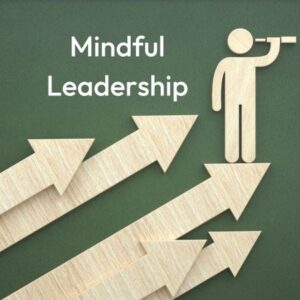The coronavirus (COVID-19) pandemic has disrupted all of our lives–worldwide.
This global public health crisis is so stressful that in May 2020, the United Nations (UN) released a policy brief emphasizing the need for action on mental health.1 And just this month, the World Health Organization (WHO) released a survey of 130 countries that highlighted the massive impact of the pandemic on access to mental health services and called attention to the urgent need to invest more in mental health services.2
These are truly exceptionally challenging times, yet the possibility remains open for us to live our best life now regardless of the external circumstances, as long as we make the internal choice to awaken to what is possible, right in this moment.
Dealing with anxiety has been the top-most problem reported by those who have sought one-on-one consultation sessions in our corporate programs, and for perfectly understandable reasons. Globally, a good majority of us are feeling more anxious and stressed since the pandemic started. Because of this, it has become all the more important to focus on accessing tools for calming and easing anxiety.
Anxiety is a natural response to the threats we are currently experiencing and we shouldn’t blame or judge ourselves for feeling worried or anxious. But we also don’t want to get stuck in the loop of anxiety because it can cause our mental energy and efficiency to suffer. Additionally, it can lead to medical issues like hyperacidity/ Gastroesophageal Reflux Disease (GERD) and increased risks for high blood pressure and heart disease.
To manage anxiety effectively, it is important that we intentionally activate our nervous system’s relaxation response in order to counteract the fear or threat reactivity in our brain that leads into a constellation of anxiety-driven thoughts, emotions, and physiological reactions.
Here are some brain-wise anxiety regulation practices that you can try:
1. Pause and breathe
Engage in conscious or mindful breathing for about 1-3 minutes.
Conscious breathing practice can reduce stress and anxiety, soothe the mind, and lower your heart rate. The elongated exhale used in this exercise activates your parasympathetic nervous system to stimulate a relaxation response in your body and mind.3
- Find a comfortable position with a relatively straight spine. You can sit up in a chair or lie down on your back.
- Place one hand on your belly and one hand on your chest, while you breathe, see that each hand moves as you inhale and exhale to access your full respiratory capacity.
- Inhale to the count of 4 through the nose.
- Exhale to the count of 6 through the mouth.
- Continue this breath pattern, 4 seconds in and 6 seconds out, for 1-3 minutes or until you feel a sense of ‘Calm’ wash over you.
2. Self-soothe
Do a pleasant or self-soothing activity, like listening to soothing or invigorating music, looking at nature around you, or playing with a pet.
3. Get moving!
Expend your body’s stored up physical energy by doing yoga, lifting weights (or whatever you have at home), dancing, walking fast, running, or jumping.
4. Connect
Spend time with someone in your life whose presence gives you comfort and joy.




